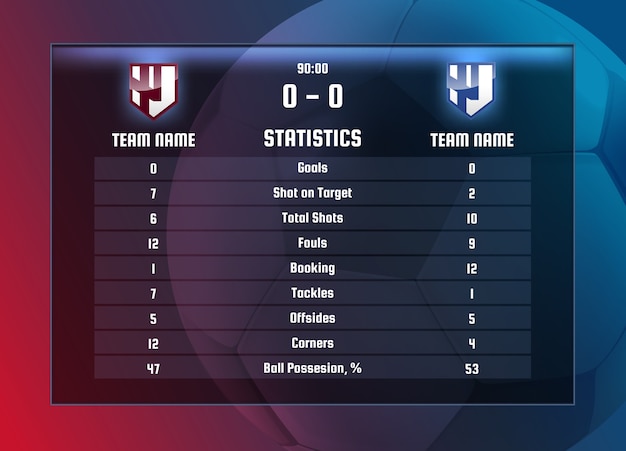What Are NCAA Basketball Power Rankings?
Importance of Rankings in College Basketball
Anúncios
Moreover, these rankings play a crucial role in determining betting odds. Oddsmakers closely monitor the fluctuation of rankings to adjust lines, ensuring that betting reflects the latest team performances. Thus, fans looking to wager on games find themselves glued to these rankings, understanding their implications for potential outcomes. In essence, the relevance of power rankings permeates every facet of college basketball, shaping narratives and influencing dynamics long before teams hit the court for their crucial matchups.
Current NCAA Basketball Power Rankings for 2023

Anúncios
Predictive Factors Behind Power Rankings
Creating effective NCAA basketball power rankings requires a deep dive into various statistical factors and metrics that can significantly influence team performance. One of the primary metrics is team efficiency, calculated by analyzing points scored relative to possessions used. This metric not only highlights the offensive capabilities of a team but also factors in its defensive prowess, painting a comprehensive picture of overall performance.
Another crucial factor is strength of schedule, which evaluates the competitiveness of the opponents faced. A team that performs well against higher-ranked foes may be more formidable than a team with a better win-loss record against less competitive teams. This metric often shifts perceptions dramatically and adds depth to power rankings.
Advanced stats such as player efficiency ratings and individual contributions also play a pivotal role in constructing power rankings. These ratings can unveil a player’s impact on games, outlining critical strengths that can sway outcomes. Additionally, metrics like rebounding rates, turnover ratios, and shooting percentages provide essential insights into team strengths and weaknesses.
Anúncios
When forecasting outcomes, analytics tools and algorithms increasingly utilize machine learning techniques to identify trends and predict future performances. By integrating historical data with real-time analytics, analysts can develop more precise power rankings that reflect current situations, player conditions, and team dynamics.
Frequently Asked Questions (FAQ)
- What are the key metrics used in NCAA basketball power rankings?
- The key metrics include team efficiency, strength of schedule, player efficiency ratings, rebounding rates, turnover ratios, and shooting percentages.
- How does strength of schedule impact a team’s power ranking?
- Strength of schedule evaluates how tough the opponents a team has faced are, meaning a team could rank higher if it performs well against stronger teams compared to a team with a better win-loss record against weaker opponents.
- What role does machine learning play in creating power rankings?
- Machine learning helps analysts identify patterns and predict future performances by integrating historical data with real-time analytics, allowing for more accurate power rankings that reflect current team dynamics.
- How can I evaluate individual player contributions to team performance?
- Individual contributions are typically assessed through player efficiency ratings and other advanced statistics that capture a player’s impact on games, including their scoring, assists, rebounds, and defensive abilities.
- Are there any online tools to track NCAA basketball power rankings?
- Yes, several sports analytics websites and platforms provide up-to-date NCAA basketball power rankings, incorporating various metrics and analysis tools to help fans and analysts alike.
Expert Predictions for the Upcoming Games
As the NCAA basketball season progresses, expert analysts are increasingly scrutinizing how current power rankings will influence upcoming games. With significant shifts in team performances, these rankings are not just numbers, but critical indicators of what to expect in matchups. For instance, teams ranked in the top tier often carry momentum that can disrupt even the most formidable opponents, leading to predictions of possible upsets.
Analysts point out that the ability of a team to adapt and respond to these rankings is vital. Teams that understand the weight of their rankings tend to play with heightened intensity, making them formidable contenders in any game. Conversely, lower-ranked teams often struggle under pressure, yet they can emerge as dark horses if they leverage this crucial insight into their strategic play.
Furthermore, examining statistical matchups provides a clearer picture of potential outcomes. Experts suggest that current trends show a correlation between a team’s rank and their historical performance in similar scenarios, enhancing confidence in predictions. For example, a highly ranked team facing a lower-ranked rival might exhibit a pattern of strong defensive play, making it difficult for the underdog to capitalize on scoring opportunities.
Moreover, expert opinions are beginning to highlight the psychological aspects of rankings. Players’ awareness of their standing can create an internal battle; those at the top must fend off overconfidence, while those at the bottom can be stoked by the desire to prove doubters wrong. This psychological dynamic will undoubtedly play a crucial role in deciding the fate of upcoming games.
As we approach these pivotal matchups, keeping a close eye on how power rankings evolve will be essential for fans and strategists alike. Predictions based on these insights highlight not only the skill gaps but also the unpredictable nature of college basketball, where anything can happen on the court.
Explore the Impact of NCAA Power Rankings
Understanding the influence of power rankings on game outcomes is crucial for fans and analysts alike: NCAA – Understanding Power Rankings.